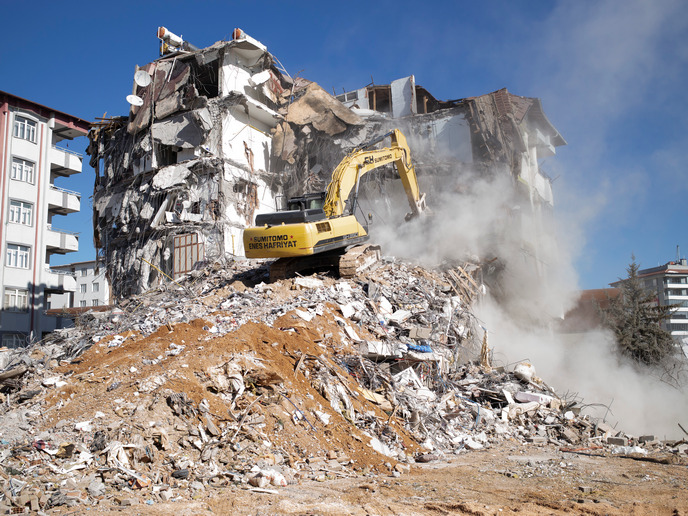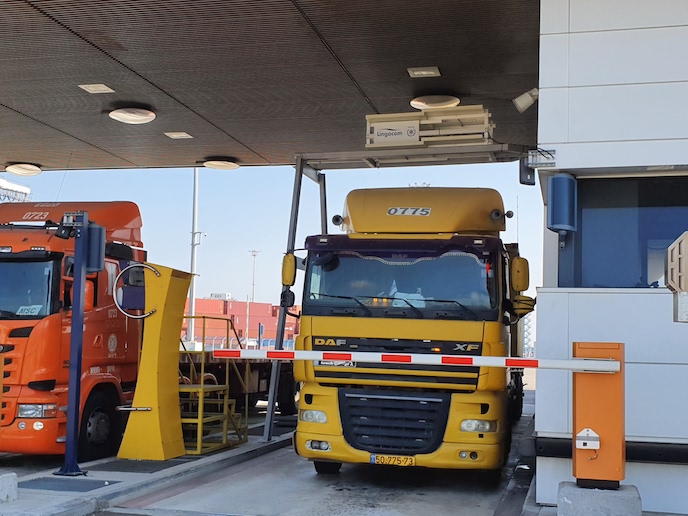Robotic tools to better assist crisis intervention teams
Search and rescue (SAR) operations are extremely hazardous and complex tasks which often lead to the loss of life for both the rescuers and the victims. Existing unmanned SAR vehicles designed to assist operators and responders have difficulties in locating human survivors and reaching the incident site. The EU-funded ICARUS (Integrated components for assisted rescue and unmanned search operations) project aimed to provide a comprehensive and integrated set of unmanned SAR tools to support human personnel in the field. Project partners have successfully developed and tested during several demonstrations unmanned solutions for detecting, locating and rescuing humans. These air, ground and sea robots are designed primarily to gather data as the first explorers at a scene. All ICARUS tools are capable of navigating autonomously or together, and can follow sophisticated instructions from a base station. The robots connect wirelessly to a base station and to each other through a cognitive wireless network of mobile communication nodes that adapts to different terrain. Also equipped with various sensors, the robots can detect the presence of humans. At the base station, the data is processed and combined with geographical information, thus improving decision-making and enhancing the situational awareness of the operators. ICARUS researchers also addressed the difficulty that unmanned SAR tools have in finding their way to end users. They bridged the gap between the research community and end users by developing a toolbox of integrated components for unmanned SAR. The project ICARUS has introduced technologies to give SAR personnel the option of deploying robots to survey an area and gather important data without risking their own lives. With the incidence of natural disasters on the rise, the project ultimately has reduced the direct human and economic impact of their aftermath.
Keywords
Crisis intervention, search and rescue, ICARUS, unmanned search, robots







